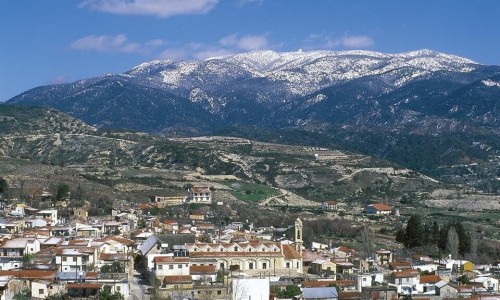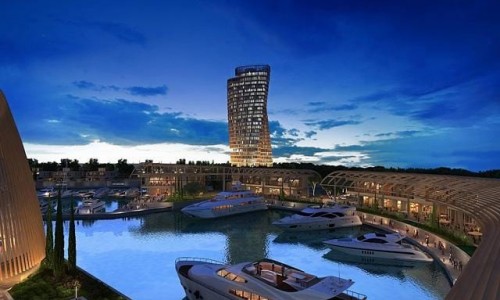Top 15 Things to Do in Paphos, Cyprus
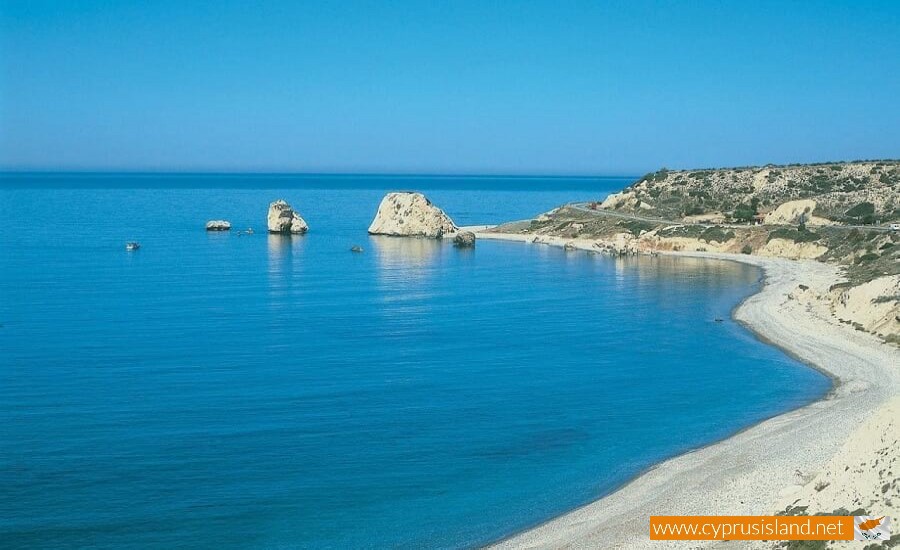
1. Petra tou Romiou
Petra tou Romiou is located about 25 kilometres east of central Paphos, and it possibly the most well-known coastline in Cyprus. According to legend, Aphrodite the daughter of the sky and the sea, rose from the sea foam and then went to Olympos accompanied by Love and Lust in order to claim her position amongst the gods. Remains of the sanctuary of the goddess, are situated in the village of Kouklia which is 16 kilometres east of Paphos. The name Petra tou Romiou however has nothing to do with the goddess Aphrodite, but with Digeni Akrita. According to legend, Digenis stopped the Saracen pirates who were getting ready to pillage the bay (7th – 10th century). Digenis held from the Keryneia mountain range with one hand, creating Pentadaktylos while he lifted a great rock and threw it towards the sea towards the Sarakinians.
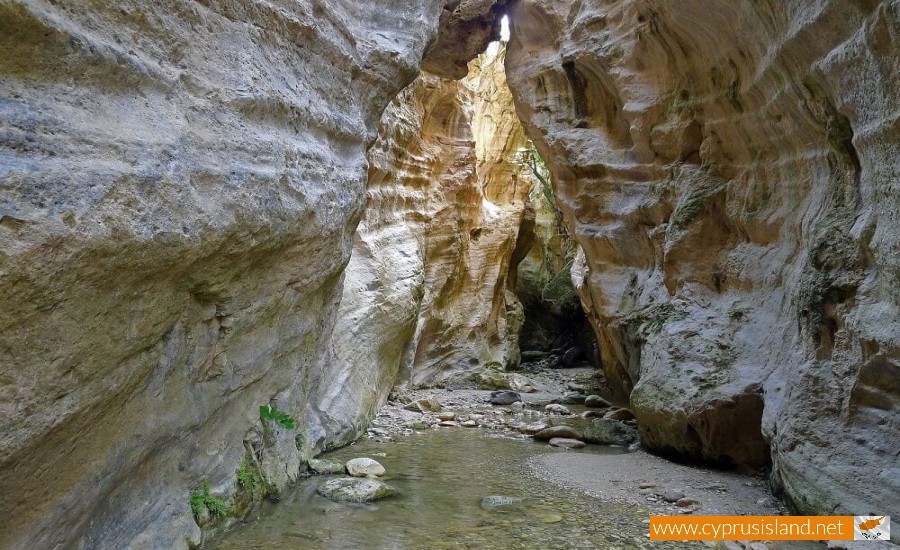
2. Avakas Gorge
Avakas gorge is an amazing masterpiece of nature and it is located at the start of the Akamas peninsula, 16 km west of Paphos. It is an impressive gorge, of 2 km length a depth of 3 to 10 metres and height until 80 metres at its deepest point. It is crossed by the Avakas River that flows into the sea, between Cape Drepanon and Lara. The gorge is accessible along the length of a provincial road, through the Arodes village. When one see it from the bottom it is huge. Access to this point though is an achievement that requires special preparation. It is one of the natural wonders of Paphos region and one of the best places to visit in Cyprus, especially for people who love walking as it offers magnificent nature views, including rich local flora and fauna.
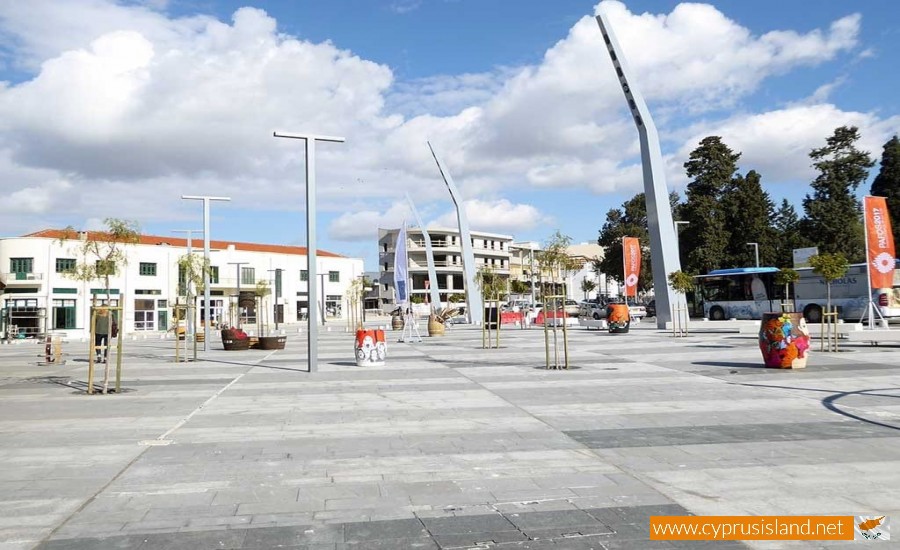
3. Paphos old town
Paphos is divided into two levels, Kato Paphos which is the more tourist part of the town, and Pano Paphos or Ktima as the locals call it. If you want to get a more authentic taste of the town and see how the locals live, you must spend a few hours in Pano Paphos. Explore the roads in the centre, take a walk through the municipal gardens and the beautiful square of Kosti Palama, walk through the pedestrian paved area of the Laiki Gitonia, admire the beautiful school clusters and finally go up towards Moutallo to the Turkish-Cypriot neighbourhood.
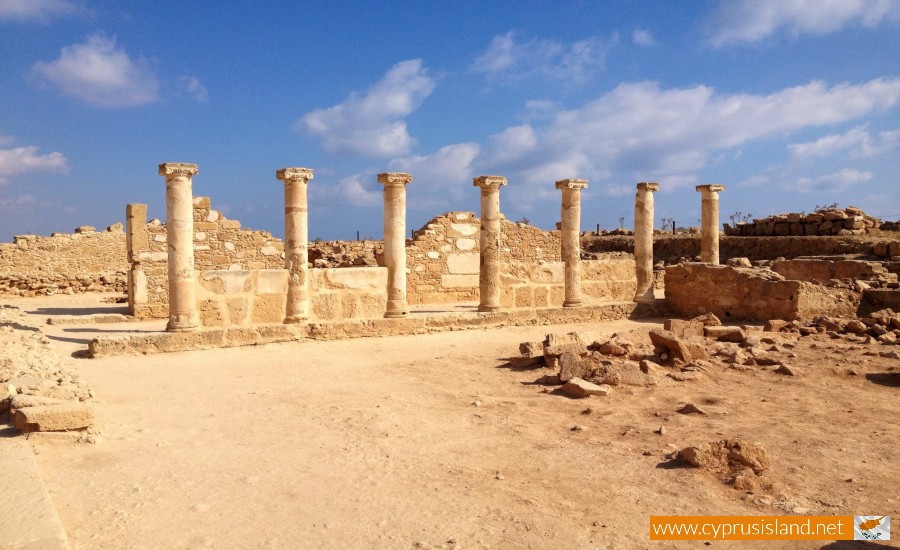
4. Paphos Archaeological Park
The Paphos Archaeological Park is situated in the Paphos district and is included in the UNESCO World Heritage Sites. It is a great archaeological area that involves monuments from prehistoric years until the medieval era. The park includes the famous Paphos mosaics in the four mansions (House of Dionysus, Theseus, Eona and Orpheus) of the Roman period which depict scenes from the Greek mythology. The park also includes other important monuments such as the Asclepius, the Odium, the Agora, the castle ruins, the forty columns, the ruins of Limeniotissa (a Paleo Christian Basilica church) and the Tombs of the Kings.
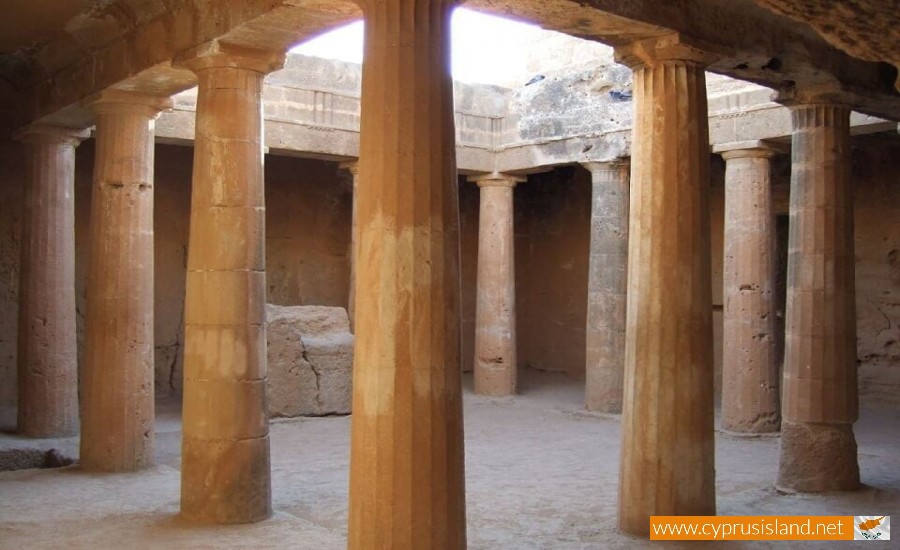
5. Tombs of the Kings
The Tombs of the Kings is a large necropolis located about two kilometres North West of the Paphos harbour and it is a UNESCO World Heritage Site. The tombs have received this name due to their size and splendour. The tombs are scattered in a large area of 1, 2 square kilometres, and were in use from the Hellenistic until the Roman period (2nd B.C – 2nd A.D). They have been carved in solid rock whole some are decorated with Doric columns. Even though they are called Tombs of the Kings, senior officials had been buried there and not kings. People across the world who love archaeological sites should visit Tombs of the kings as is one of the most amazing archaeological sites in Cyprus.
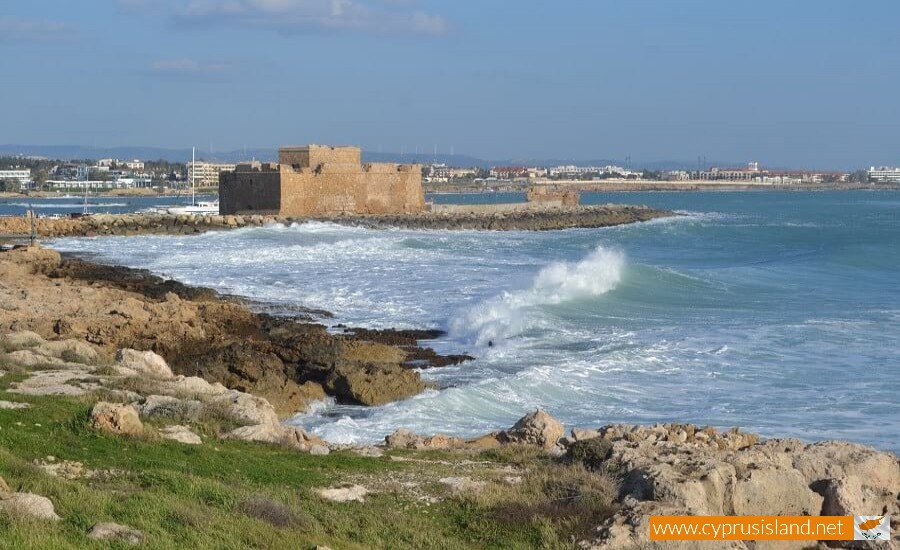
6. Paphos Castle
The Paphos castle is situated in the Kato Paphos area in the Paphos district. The castle was originally a byzantine fort which was built in order to protect the port. It was rebuilt by the Luzonians in the 13th century, was demolished by the Venetian during 1570 and was rebuilt by the Ottomans after they occupied the island during the 16th century. Originally the fort of the Forty Columns was used for the protection of the port. The ruins of the fort are located a few hundred metres further north.
7. Akamas Peninsula
The Akamas Peninsula covers about 230 square km and includes beautiful valleys, breath-taking gorges and sandy beaches with clear waters. It is a unique area, both geologically as well as geographically with regards to flora and fauna that is found in the area. It is an unbelievably beautiful area in the Paphos district, with natural locations such as the Avakas Gorge, the Baths of Adonis and Lara beach with its white sand, the crystal clear water of Blue Lagoon and many other locations. The best possible way to explore the peninsula is to go on a safari, or rent a jean or a 4x4 vehicle. Akamas can be reached through Agio Georgio in Peyeia, through Droushia village, through Neo Chorio near Latsi, as well as the route that goes passed the famous Baths of Aphrodite.
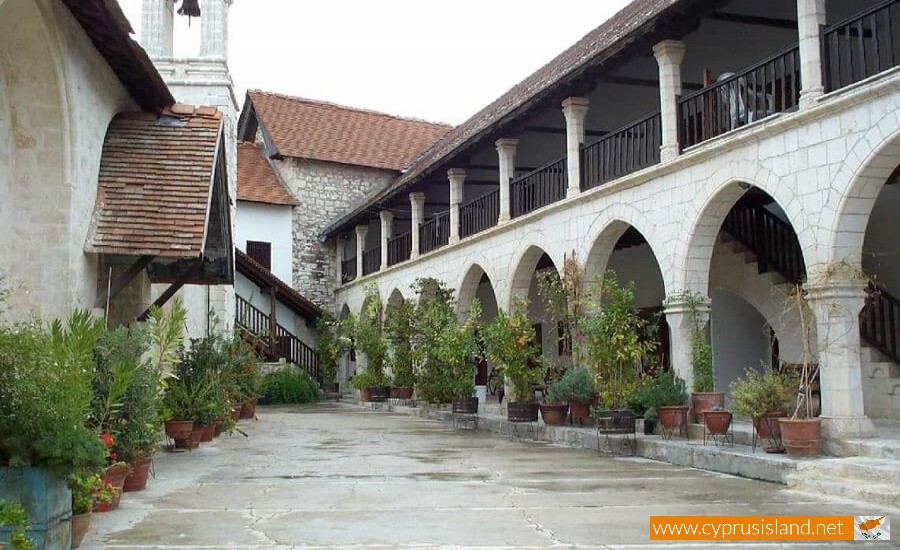
8. Chrysorrogiatissa Monastery
The Chrysorrogiatissa Monastery is located in a beautiful location near the Panayia village, west of the Paphos Forest. It was founded in 1152 A.D, by the Monk Ignasius who found the miraculous icon of the Virgin Mary in the Moulia area. Evangelist Loukas is thought to have been the hagiographer for the icon. Ignasius transported the icon to the mountain and built the monastery, which he dedicated to the Virgin Mary Chrysorogiatissa. A protection centre for byzantine and post-byzantine icons as well as other treasure operated in the monastery. Recently a byzantine museum was also created. The old winery in the museum produces very good wine from its own vineyard.
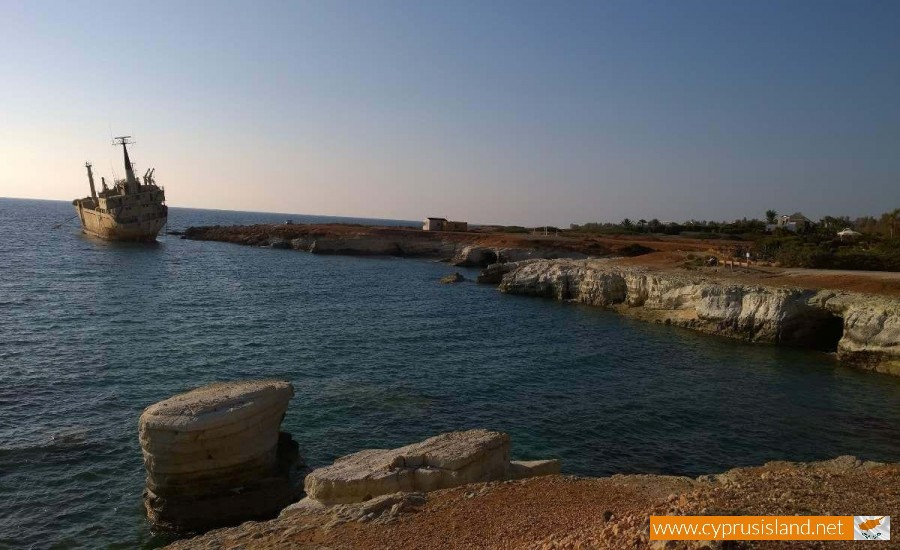
9. Edro III Shipwreck and Sea Caves
During 2011 the cargo shop «EDRO III», had sailed from the Limassol port to Rhodes and ran aground on the coast of Paphos. Due to the severe storm the vessel was washed away, ran into a rock and remained adrift resulting in it being stuck on the coast of Peyeia, about 10 kilometres from Paphos. The shipwreck draws foreign tourists as well as locals, due to the short distance of the shipwreck from the shore. It is considered to be one of the most beautiful locations in Paphos where many go for photos or to relax during sunset.
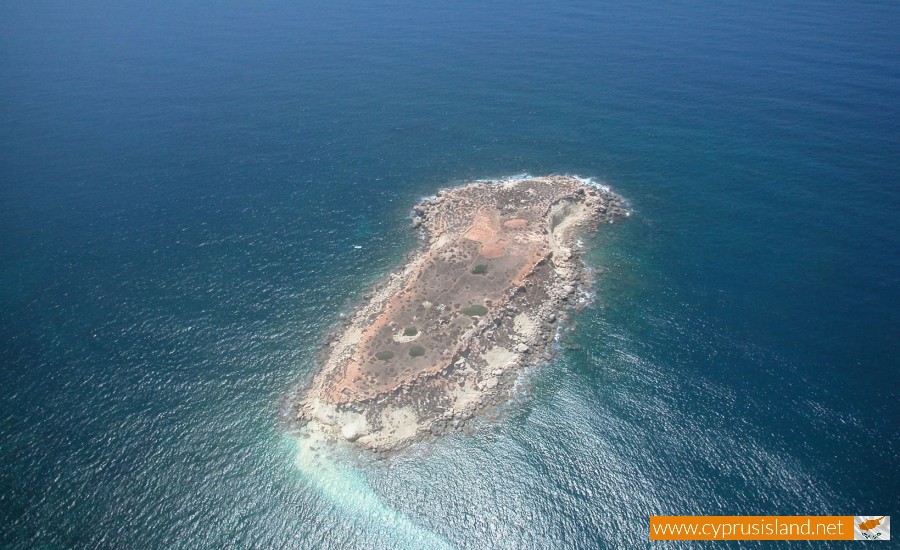
10. Saint George Bay and Yeronisos Island
The Saint George Bay and Yeronisos Island are located in the Peyeia area of the Paphos district. The Saint George chapel is situated at the top of the Saint George Bay and was built during the end of the 13th – beginning of the 14th century. The height of the hill on which the Agios Georgios Chapel is built upon, in combination with the Yeronisos view creates a magnificent and magical atmosphere. The whole area of the Saint George Bay is surrounded with sea caves along the length of the coast. The most well-known are called Kandarkastoi and you will find them northwest of Paphos, near the island of Saint George which is called Yeronisos. Yeronisos (Iera Nisos which means Holy island) is a small island opposite the shore. The name Iera Nisos (Holy island) is ancient. It is possible that the name refers to the altar of Apollo that existed during the 1st century B.C which was possibly a favourite pilgrim destination.Other smaller caves can also be found to the east towards Coral Bay and west towards Akamas.
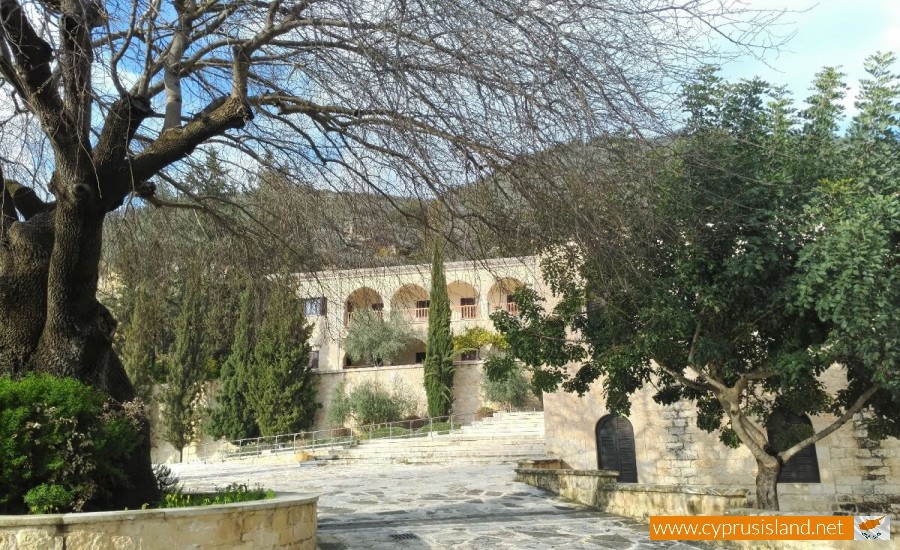
11. Agios Neophytos Monastery
Agios Neophytos Monastery is situated about 10 kilometres outside of the Paphos town, near Tala village. It was founded by Agio Neophtyo in 1159. Agios Neopyhtos lived there and died in 1219 at the age of 85 years old. The main church of the monastery was built about 200 years after his death and is dedicated to the Virgin Mary. The cave in which Agios Neophytos lived in is next to the monastery. It is a closed area carved in the mountain by Agios Neophtyos himself, with some of the most remarkable byzantine iconographies dated to the 12th until the 15th century. The rock which was used as a table and the stone rig on which he slept on are still in the cave which is also his tomb.
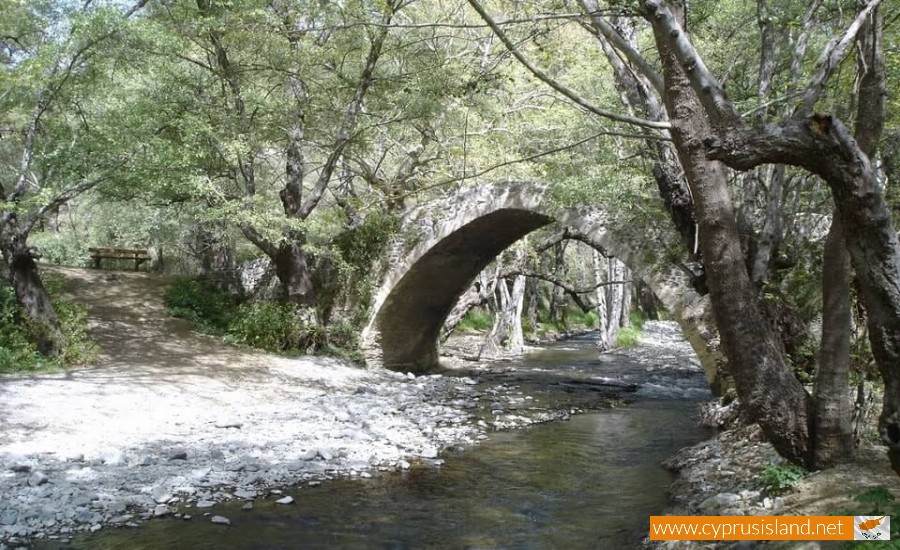
12. Tzelefos Medieval Bridge
The Tzelefos Medieval Bridge is located a few kilometres from the village of Agios Nikolaos in the Paphos district and can be accessed by driving to it from either Paphos, Troodos, or Limassol. All three driving routes offer magnificent picturesque views which everyone will enjoy. More specifically it is situated in an idyllic location with plain trees and intense wild vegetation. This particular medieval stone bridge is also the largest in Cyprus, and it built over the Diarizos River which flows into the Arminou Dam. The Tzelefos Bridge was used in order to connect the villages of the west bank, Mylikouri, Vretsia and Agio Ioanni with the villages to the east, Agio Nikolao, Kaminaria and Treis Elies.
13. Blue Lagoon
The Blue lagoon is one of the most beautiful beaches on the island. It is located in the Akamas Peninsula in the Paphos district. It resembles a pool in the sea, with its crystal clear waters that allow you to see the depth of the sea. The location is difficult to get to by car unless you have a 4x4 car so access by boat is easier. If you love adventure there are various vehicles you can rent to get there such as jeeps, buggies, quad bikes or organized group safaris. The cleanliness of the water, its colour and in general the aura will make you love it. Take a dip into the cool water or just relax and gaze at the wonderful view.
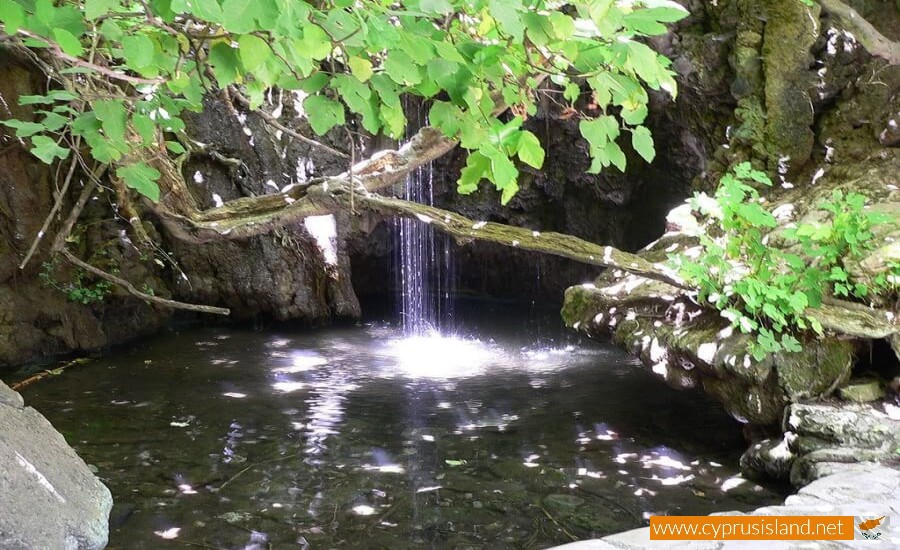
14. Baths of Aphrodite
The Baths of Aphrodite are located in the Latsi area of Polis Chrysochous in the Paphos district. The Baths are situated in a shallow cave hidden in a vertical rock. Water falls in the cave creating a small lake. The vegetation surrounding the lake is so rich so that shade always covers the baths. According to mythology, this is the place where Aphrodite the goddess of beauty and love bathed in. It is also the location in which she met her beloved Adonis for the first time.
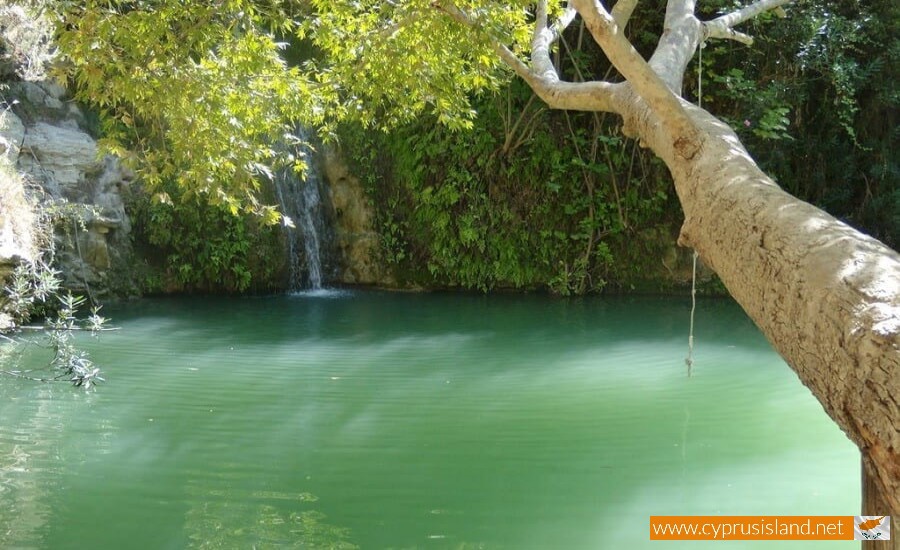
15. Adonis Baths
The Adonis Baths are located in Koili village, in the Paphos district, where the small Mavrokolymbos River flows. The water from the surrounding ravines gathers and forms a small waterfall. With the passing of time the water has eroded the soil resulting in a small lake. The area is privately owned by Pambos Theodorou, who called the lake the Adonis Baths. According to legend the statue of Adonis can help ladies who are infertile and wish to become pregnant. All they have to do is to touch Adonis's appendage and will have many children thereafter.


